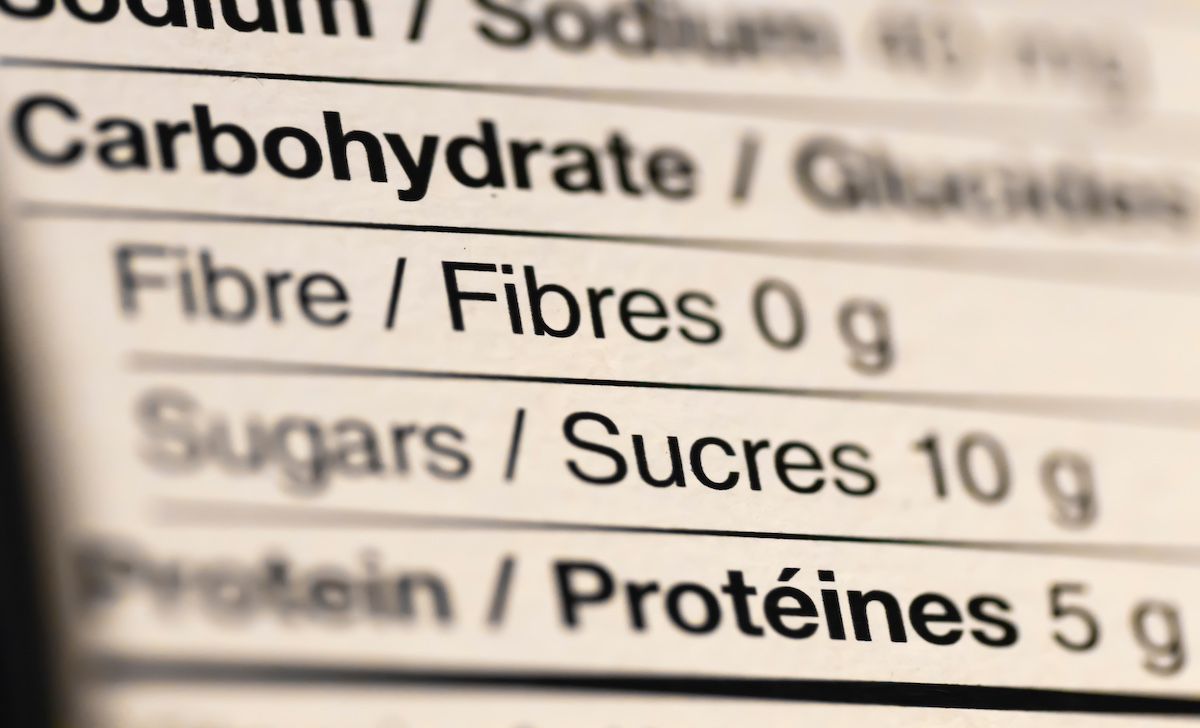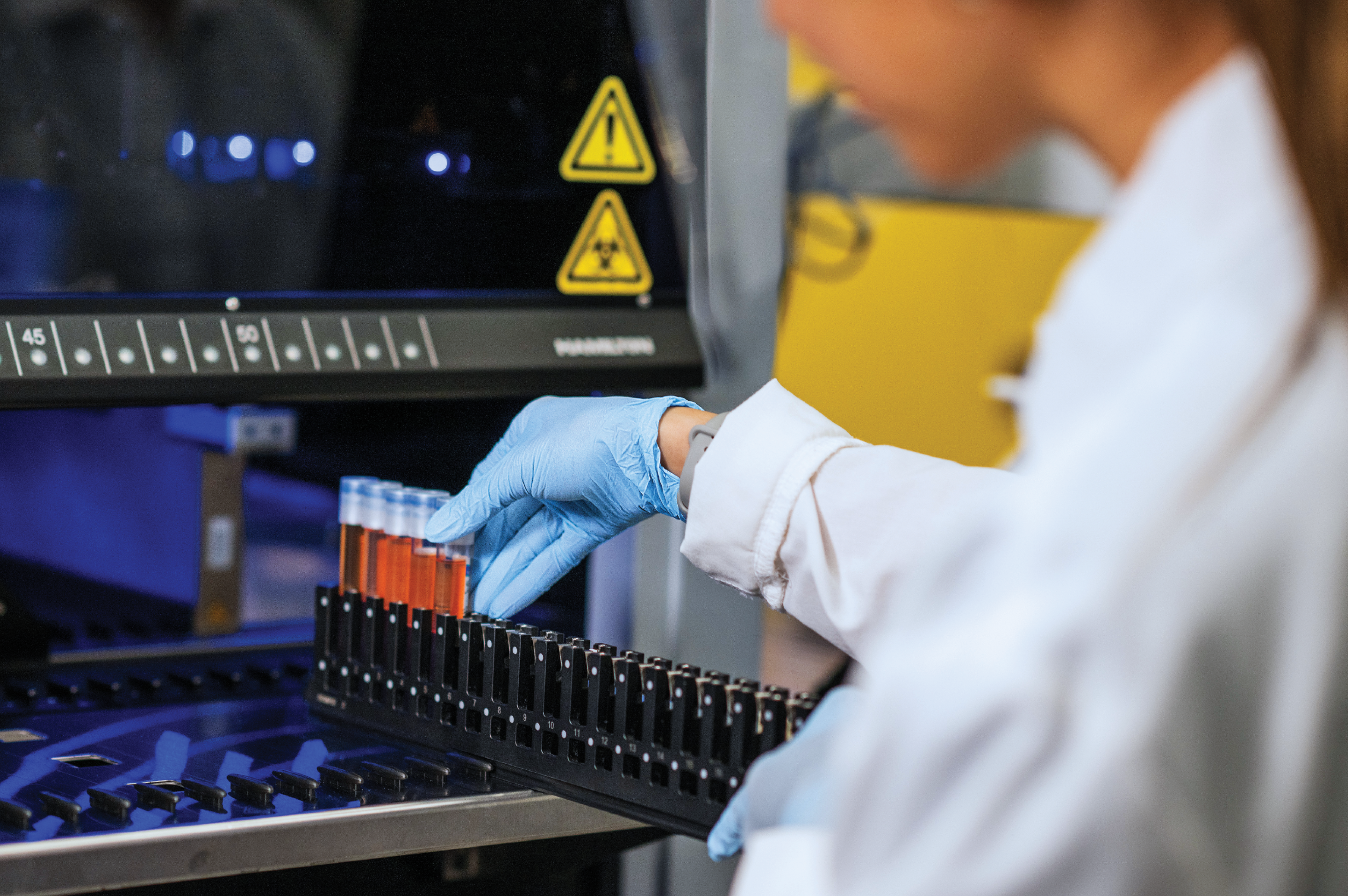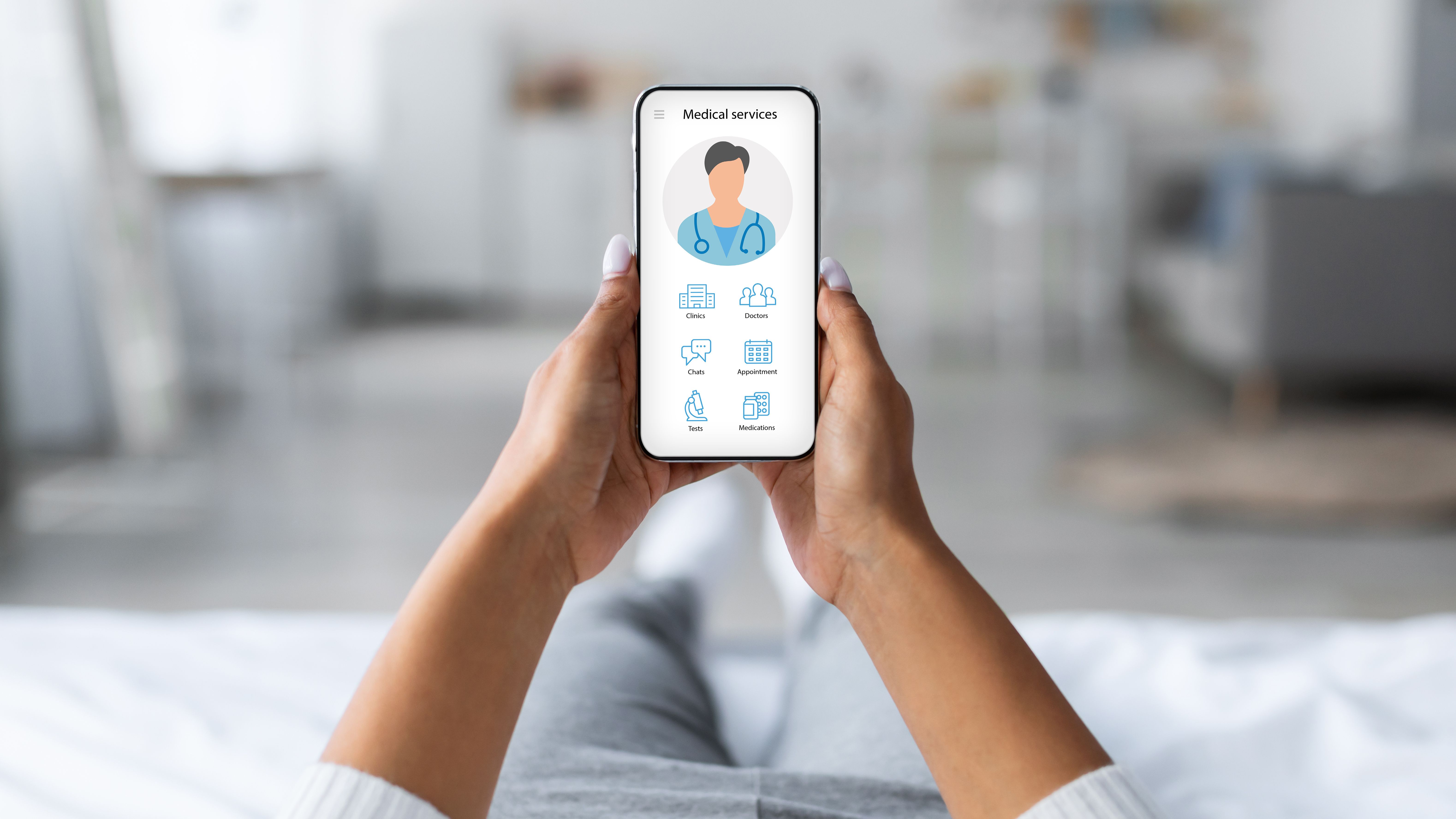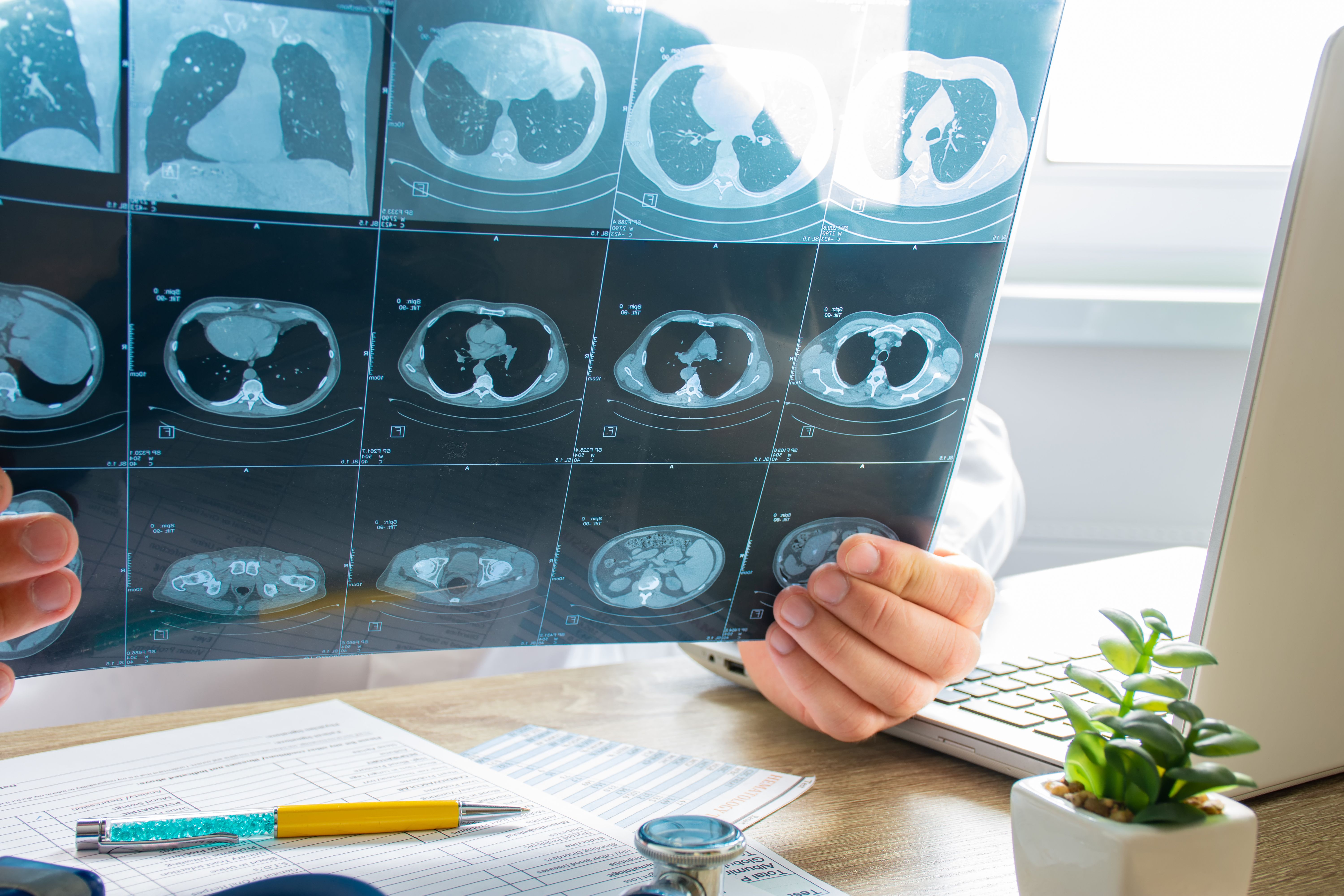News
Article
T1D Management: Carbohydrate Counting With Technology
Author(s):
A new study highlights the potential of technology to aid in type 1 diabetes (T1D) management by balancing minimal user input with significant data output to improve user engagement and time in range.
A recent study published in Nutrients investigates the challenges and potential of technology in managing type 1 diabetes (T1D) through nutritional reporting. The study highlights the willingness of people living with T1D (PwT1D) to engage with technology, provided it offers meaningful benefits such as improved time in range (TIR).1
There is great potential for type 1 diabetes technology to aid patients in better managing their disease, according to these study findings | Image Credit: Hypnotik Photography-stock.adobe.com

The research involved an online questionnaire aimed at understanding current practices and preferences related to carbohydrate estimation, nutritional tracking, and attitudes toward technology among PwT1D and their caregivers. The questionnaire also included hypothetical scenarios and gathered individual preferences regarding technology use. The study noted that achieving a balance between minimal user input and significant data output is crucial for accurate blood glucose (BG) management without overwhelming users. However, due to individual personalities and preferences, developing a universally effective solution for an application has proven challenging.2
The study used a cross-sectional, single-center design with participants recruited through social media groups that specifically target PwT1D. The questionnaire collected responses from 39 participants, 33 individuals diagnosed with T1D, and 6 caregivers, between August 2022 and November 2023. The average hemoglobin A1C among participants was 6.8% (1.6%).
Consistent with other studies, the findings show that carbohydrate counting is a significant challenge for PwT1D, with errors in estimation leading to variability in BG control.3 Participants used various methods for carbohydrate estimation, including reading nutrition labels (37%), visual estimation (48%), and using tools like Carbs and Cals, a visual reference guide available online (18%).4
The authors note, “While the error rate in carbohydrate estimation varies based on individual skill, food complexity, and measurement accuracy, it is estimated to be 25%, which directly impacts BG control and ultimately the time spent within the target blood glucose range of 3.9-10 mmol/L TIR.” Improved TIR was identified as a strong motivator for using technology, with 89% of respondents indicating they would engage more with technology if it promised an increased TIR. Moreover, 78% expressed willingness to adjust their insulin doses based on app suggestions for optimizing TIR.
Preferences for nutrition reporting varied among respondents. Half of the participants preferred the “type and scroll” method, where they manually input foods or select from preloaded lists; about 30% preferred photographing meals; and15% preferred speaking into a virtual assistant. A small percentage (5%) indicated no preference for reporting. The timing of reporting nutritional intake also varied, with 55% of respondents preferring to report after meals, 33% before meals, and 12% at a later time, such as at the end of the day.
Engagement with nutrition reporting apps was mixed. About 16% of respondents used apps regularly, while 34% reported using an app initially but then stopping. Twenty-eight percent of respondents used apps for specific purposes and 22% have never used them. Responses varied regarding the level of detail in nutrition reporting. Most individuals used a single word (eg, pizza) or a simple description (Sunday dinner). Only 8% used detailed descriptions of their meal, while 30% of participants used a quantifier, such as portion size or weight.
Researchers noted, “This need to self-manage requires PwT1D to make an additional 180 daily decisions to regulate their BG levels. Therefore, diabetes-related technology and apps have emerged as valuable resources in alleviating this burden.” When asked about the burden of nutrition reporting, 36% consider it ‘stressful but manageable,’ 11% find it an ‘absolute nightmare,’ and only 7% find it easy. The majority of individuals, 46%, ‘did not feel strongly either way’ about carbohydrate counting.
Although challenging, the authors note the importance of developing technology that seamlessly integrates into daily life.
“Moving forward, this research provides valuable insights to inform the development of ecologically viable tools aimed at enhancing the T1D management experience, envisioning a future marked by personalized, precise, and convenient care.”
References
1. Lubasinski N, Thabit H, Nutter PW, Harper S. What is the tech missing? nutrition reporting in type 1 diabetes. Nutrients. 2024;16(11):1690. doi:10.3390/nu16111690
2. Martinez-Millana A, Jarones E, Fernandez-Llatas C, Hartvigsen G, Traver V. App features for type 1 diabetes support and patient empowerment: systematic literature review and benchmark comparison. JMIR Mhealth Uhealth. 2018;6(11):e12237. doi:10.2196/12237
3. Alfonsi JE, Choi EEY, Arshad T, et al. Carbohydrate counting app using image recognition for youth with type 1 diabetes: pilot randomized control trial. JMIR Mhealth Uhealth. 2020;8(10):e22074. doi:10.2196/22074
4. Carbs & Cals. Accessed June 27, 2024. https://carbsandcals.com
Newsletter
Stay ahead of policy, cost, and value—subscribe to AJMC for expert insights at the intersection of clinical care and health economics.





